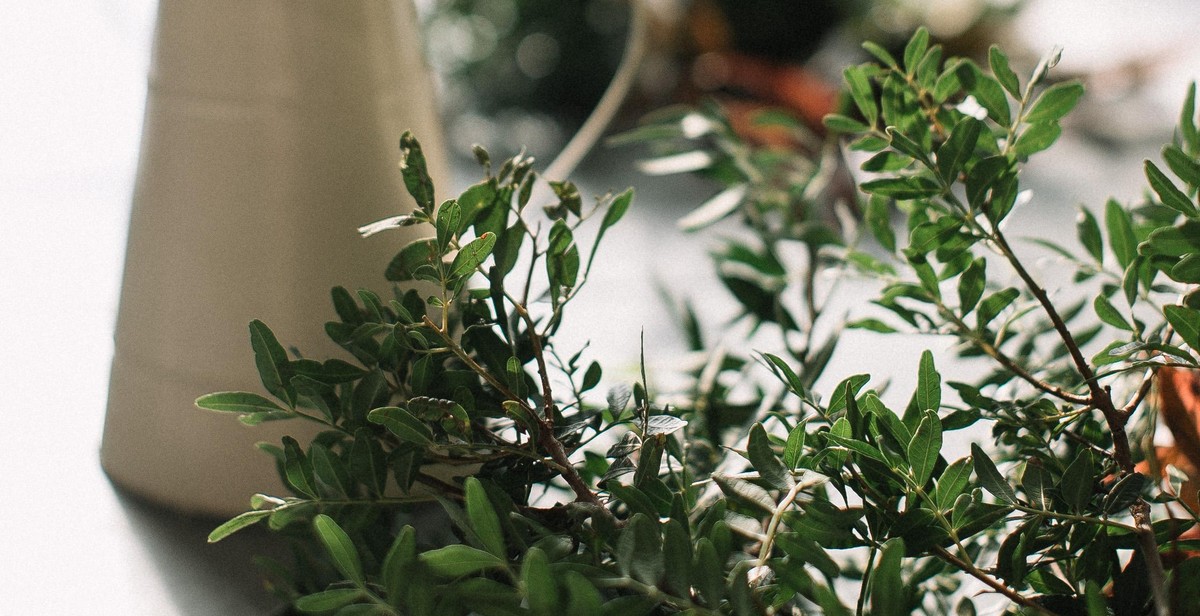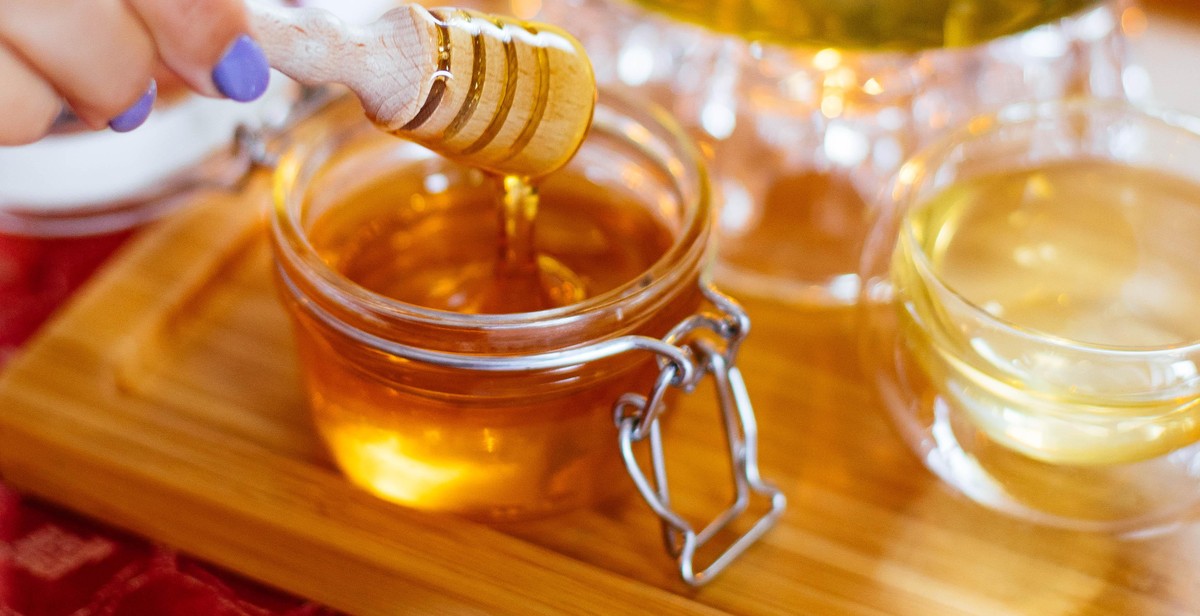Introduction: Understanding Pu-erh Tea
Pu-erh tea is a fermented tea that has been enjoyed in China for centuries. It is made from the leaves of the Camellia sinensis plant, which is also used to produce other types of tea like green, black, and oolong. What sets pu-erh tea apart from other teas is its unique processing method that involves microbial fermentation and aging.
There are two main types of pu-erh tea: raw (sheng) and ripe (shu). Raw pu-erh tea is made from sun-dried leaves and is aged naturally over time, while ripe pu-erh tea undergoes a special fermentation process that speeds up the aging process. Both types of pu-erh tea offer a variety of health benefits and are known for their rich, earthy flavor.
Identifying Different Types of Pu-erh Tea
Pu-erh tea can be further categorized into different subtypes based on factors such as the region where it was grown, the age of the tea leaves, and the processing method used. Some of the most popular subtypes of pu-erh tea include:
- Green Pu-erh
- Black Pu-erh
- Aged Pu-erh
- Loose Leaf Pu-erh
- Pressed Pu-erh
Each subtype offers a unique flavor profile and aroma, making it important to understand the differences between them in order to appreciate and enjoy pu-erh tea to its fullest.

Types of Pu-erh Tea
Pu-erh tea is a unique type of tea that is highly valued for its taste, aroma, and health benefits. It is produced in the Yunnan province of China and is made from the leaves of the Camellia sinensis plant. There are two main types of pu-erh tea: raw pu-erh tea and ripe pu-erh tea.
Raw Pu-erh Tea
Raw pu-erh tea, also known as sheng pu-erh, is a type of tea that is made from leaves that have been picked, withered, and then dried in the sun or in a warm, dry room. The leaves are then compressed into cakes, bricks, or other shapes. Raw pu-erh tea is often referred to as “green” pu-erh tea because it is similar to green tea in its processing and appearance.
Raw pu-erh tea has a light and refreshing taste with a slightly bitter aftertaste. It is rich in antioxidants and has been shown to have many health benefits, including reducing cholesterol levels, aiding in digestion, and improving mental alertness.
Characteristics of Raw Pu-erh Tea
- Light and refreshing taste
- Slightly bitter aftertaste
- Similar to green tea in appearance
- Rich in antioxidants
- Reduces cholesterol levels
- Aids in digestion
- Improves mental alertness
Ripe Pu-erh Tea
Ripe pu-erh tea, also known as shou pu-erh, is a type of tea that is made from leaves that have been picked, withered, and then piled up to undergo a fermentation process. The leaves are then compressed into cakes, bricks, or other shapes. Ripe pu-erh tea is often referred to as “black” pu-erh tea because it is similar to black tea in its appearance and taste.
Ripe pu-erh tea has a rich, earthy taste with a smooth and mellow finish. It is known for its digestive properties and is often consumed after meals to aid in digestion. Ripe pu-erh tea is also believed to have many health benefits, including reducing inflammation, lowering blood pressure, and promoting weight loss.
Characteristics of Ripe Pu-erh Tea
- Rich, earthy taste
- Smooth and mellow finish
- Similar to black tea in appearance and taste
- Known for its digestive properties
- Reduces inflammation
- Lowers blood pressure
- Promotes weight loss
Both raw and ripe pu-erh tea are highly valued for their unique taste, aroma, and health benefits. Whether you prefer the light and refreshing taste of raw pu-erh tea or the rich and earthy taste of ripe pu-erh tea, there is a pu-erh tea that is perfect for you.
| Raw Pu-erh Tea | Ripe Pu-erh Tea |
|---|---|
| Light and refreshing taste | Rich, earthy taste |
| Slightly bitter aftertaste | Smooth and mellow finish |
| Similar to green tea in appearance | Similar to black tea in appearance and taste |
| Rich in antioxidants | Known for its digestive properties |
| Reduces cholesterol levels | Reduces inflammation |
| Aids in digestion | Lowers blood pressure |
| Improves mental alertness | Promotes weight loss |
| Factor | Description |
|---|---|
| Appearance | Uniform in color, tightly packed leaves, smooth and glossy texture, no signs of mold or insects, consistent color of liquor |
| Aroma | Pleasant, not overpowering, consistent with appearance and flavor |
| Flavor | Well-balanced, no bitterness or astringency, consistent with aroma and appearance |
| Mouthfeel | Smooth, not gritty or harsh, consistent with aroma, flavor, and appearance |
By paying attention to these factors, you can develop a deeper appreciation for the unique qualities of Pu-erh tea. Whether you are a seasoned tea enthusiast or a curious beginner, Pu-erh tea is definitely worth exploring.

Identifying Authentic Pu-erh Tea
Pu-erh tea is a type of fermented tea that originates from the Yunnan province of China. It is highly prized for its unique taste and health benefits. However, with the rise in popularity of Pu-erh tea, there has been an increase in fake or low-quality products flooding the market. Here are some ways to identify authentic Pu-erh tea:
Label and Packaging
Authentic Pu-erh tea should have clear labeling that indicates the type of tea, the origin, and the date of production. The packaging should also be of high quality, with no signs of damage or tampering.
Color and Appearance
Authentic Pu-erh tea should have a dark and rich color, with a clear and smooth texture. The leaves should be tightly compressed and have a glossy appearance. If the tea is too loose or has a dull appearance, it may be a sign of low quality or fake tea.
Aroma
Authentic Pu-erh tea should have a distinct and pleasant aroma. The aroma may vary depending on the type of Pu-erh tea, but it should be strong and consistent. If the tea has a weak or unpleasant aroma, it may be a sign of low quality or fake tea.
Flavor and Mouthfeel
Authentic Pu-erh tea should have a complex and layered flavor, with a smooth and mellow mouthfeel. The taste may vary depending on the type of Pu-erh tea, but it should be consistent and enjoyable. If the tea has a bitter or unpleasant taste, it may be a sign of low quality or fake tea.
By paying attention to these factors, you can identify authentic Pu-erh tea and ensure that you are getting the best quality product.

